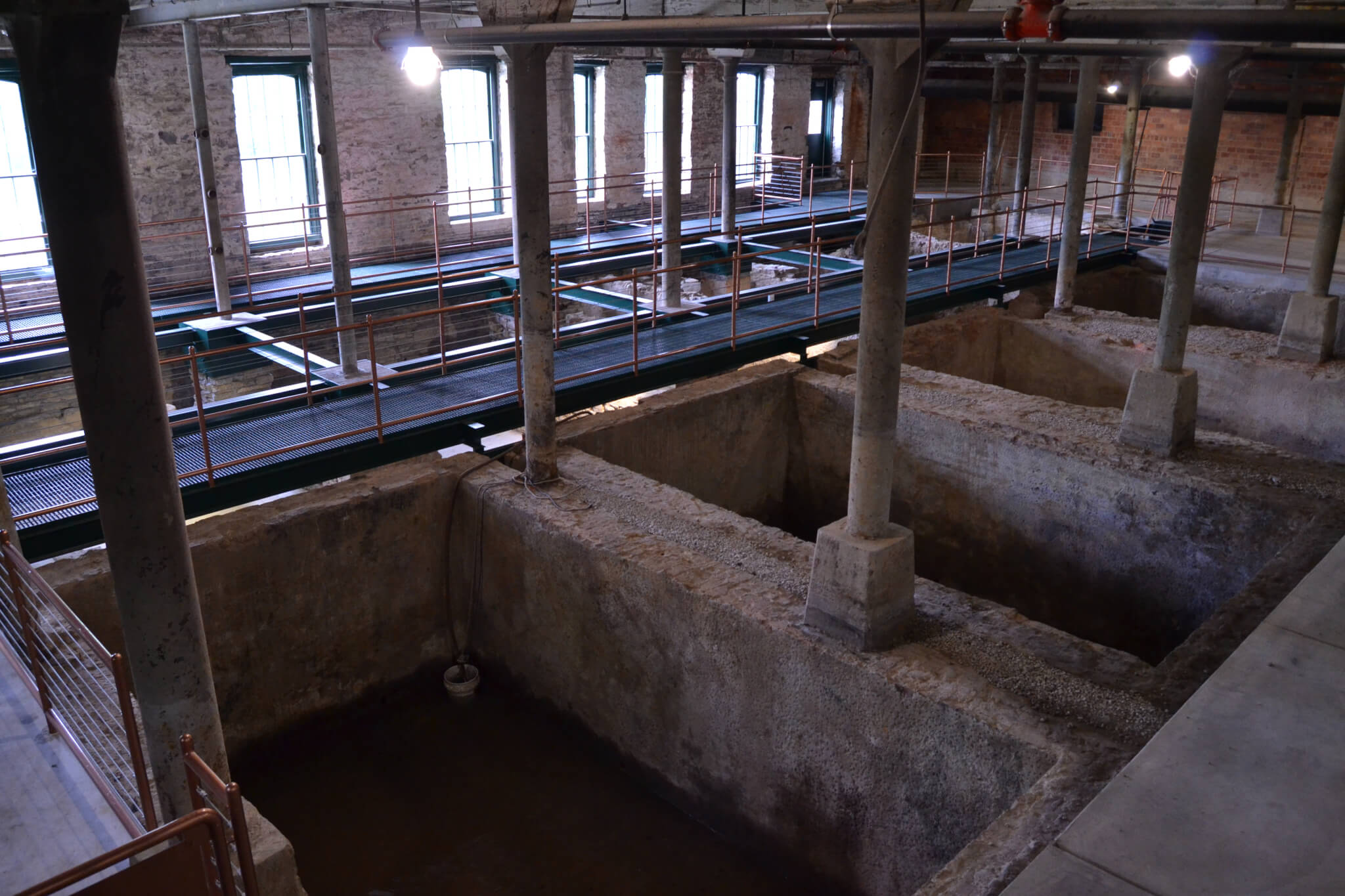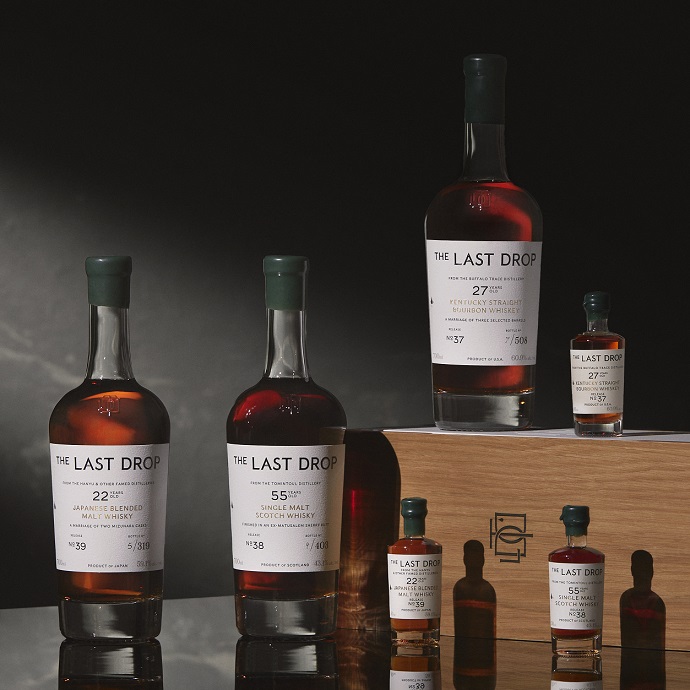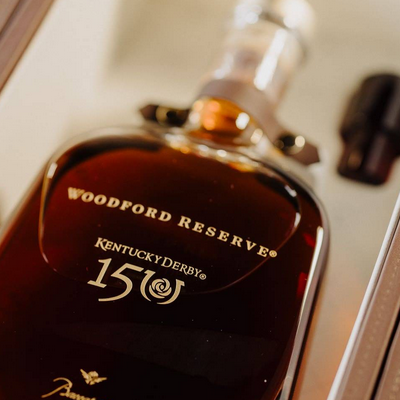Sazerac Attempts Patent on Sour Mash Technique

Sazerac has pursued a patent for Buffalo Trace’s Old Fashioned Sour Mash whiskey, which differs from the traditional bourbon production method as the mash sours naturally before fermenting, the company announced today.
In April 2002, Buffalo Trace decided to recreate this process, and bottled the bourbon nine years later as part of the inaugural release of the E. H. Taylor, Jr. collection. Named for the former distillery owner and bourbon aristocrat who used this Old Fashioned Sour Mash technique for his bourbons years ago, it was only fitting Buffalo Trace Distillery would close the loop by applying for a patent on this sour mash process. Currently the patent is pending, the company said, but Buffalo Trace is making additional stocks of Old Fashioned Sour Mash process bourbons that will likely be released under the E. H. Taylor, Jr. line. Any release using this process will now be designated as “patent pending,” the company said.
“It really is extraordinarily fortuitous how this all came about,” said Mark Brown, president and chief executive officer, Buffalo Trace Distillery, in a press release. “We’ve been working on the patent application for Taylor’s process for making Old Fashioned Sour Mash since 2015, and then in 2016 we discover his fermenters inside a building he had built, with an intact foundation dating back to 1873. It was obvious once we found them and realized what it was we needed to go back and re-create the Old Fashioned Sour Mash process as Taylor did it, in his early fermenters.”
What is it exactly?
Although the exact Old Fashioned Sour Mash process is proprietary and remains patent pending, the company said, it does differ from the standard sour mash process traditionally used in distilling in that this sour mash is naturally soured through the holding time instead of forcing the souring with the addition of spent mash from the still as is traditionally done.
Future releases will say “patent pending” until it is approved.
Photo: These are the original fermenters of the distillery, which were recently uncovered in an archeology project.








